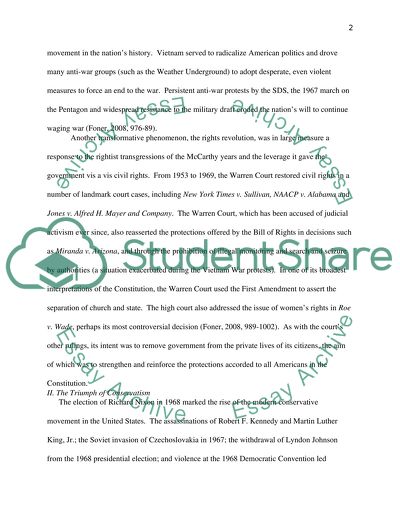Cite this document
(“Decades of Change: America's Changeable Political and Economic Scene Essay”, n.d.)
Decades of Change: America's Changeable Political and Economic Scene Essay. Retrieved from https://studentshare.org/history/1452849-american-history
Decades of Change: America's Changeable Political and Economic Scene Essay. Retrieved from https://studentshare.org/history/1452849-american-history
(Decades of Change: America'S Changeable Political and Economic Scene Essay)
Decades of Change: America'S Changeable Political and Economic Scene Essay. https://studentshare.org/history/1452849-american-history.
Decades of Change: America'S Changeable Political and Economic Scene Essay. https://studentshare.org/history/1452849-american-history.
“Decades of Change: America'S Changeable Political and Economic Scene Essay”, n.d. https://studentshare.org/history/1452849-american-history.


